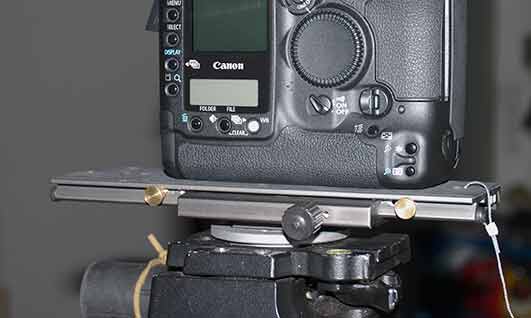Yes, the only way to correct the geometrical aberrations (assumes the center or the image equals the center of distortion) in a shifted lens is by adding blank space to the image file in proportion to the shift-offset, or use software that allows to set/determine the offset for each file (I know Hugin and PTAssembler allow to do the latter).
Bart
Hey, it works!!
after getting the mail back from Lenscorrector's support - they are very friendly and helpfull, - concerning the setting of the offsett; I did recalibrate the lens, with the offsett correction, and it works!!
It's not perfect yet; I rather made a quick and dirt test, with some incamera-jpgs I had...just to look, if it's working.
So here's the howto, stitching for dummies ;-)
Shifting the lens 10 mm left, 00, 10 mm to the right.
Correcting the distortions with Lenscorrector, after applying the following rule for the calibration, from Lenscorrector support:
> Shift lenses can be calibrated using the xc and yc parameters. xc and yc are
measured in half image widths, i.e. the image with is 2.0.
So a shift of 5 mm if the sensor is 20 mm means a shift of 0.5.<
Merging them in in PS, or a pano- app.
Great! I had been looking fo that since years, as I very rarely need bigger files than A-3/300, so this is a easy way, to get a bit more resolution...
Shiftstitches or flatstitches have the advantage to be taken fast; which avoids ghosting, by clouds or by people etc.
So the yellow screws of my setup (linked photo) will shift the cam for 10 mm, only....
Klaus; the Schneider PC-28 has its limits, definatly; and some different copies are arround, too. The mine doesn't seems to be a bad copy...but CA can be a problem with it. And I agree, there's a difference from it to the 80 MP-stitches.... So here's my next question: how long does it takes, for one of these big pano's, incl. shooting time? Wouldn't it be easier to rent a Hassi with a back?





